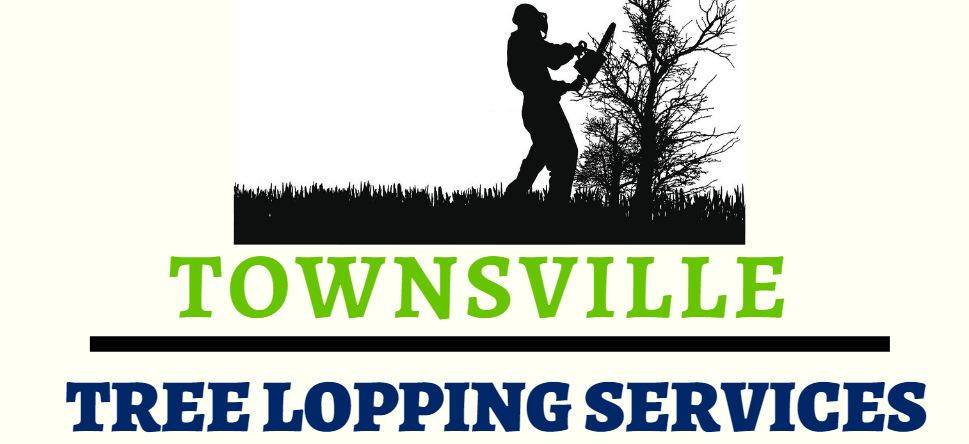Written by Jonathan Ya’akobi and published on http://www.articlesfactory.com/
Trees offer so much to home landscapes and benefit homeowners and the communities they live in whether it’s shade, beauty, privacy, windbreak, or higher property values. But these benefits are only enjoyed when you plant the right tree in the right place.
One of the key factors that influence the health of a tree is ensuring that the proper species is planted in a proper location. Planting large trees in tight spaces, or trees that aren’t compatible for the region are detrimental to the health of a tree and can result in higher maintenance costs. Planting species that are native to your area is a safe way to ensure your trees will thrive.
Tree Planting – Do Not Plant The Right Tree In The Wrong Place
The tree cannot only make or break the garden, it can affect how members of the family function and feel. It is not enough therefore, to choose the right tree type, but also to avoid planting it in the wrong place!
Planting a tree, especially in a private home, has far-reaching consequences for the future success of the garden, and even for the welfare of the family and neighbors. Nothing compares to a tree in its size and sheer power, and therefore its impact on the immediate environment. Alternatively, no other garden element has the capacity to ruin the family’s quality of life.
In many cases, the gardener or homeowner has simply chosen the wrong tree type for a certain location. But let’s assume that after considerable consideration, the optimal choice has been made. The plant to be is suitable for the site’s climate, soil, and aspect. It neither possess aggressive roots, does not litter too badly, nor multiply and spread as an invasive pest. In design terms, of all possible tree types, the chosen species is a perfect fit.
Yet despite all this, the tree in years to come proves to be more of a nuisance to the family than this wonderful being that moves and inspires, provides shade, fragrance, movement, and sound, is a home to birds and other creatures, and is the favorite spot for the children and their friends.
The culprit is a common but easily avoided mistake. The error is simply to plant the tree too close to the house. In years to come, the dark and dankness can induce a sense of claustrophobia and even depression, the foliage can reduce the flow of air in the house, and children cannot get off to sleep, being frightened by the sound of branches scratching on the exterior walls! I have seen enough of these and similar reactions to realize the responsibility placed on the shoulders of the gardener when planting a tree in a private home. I have also witnessed, too many times, the look of relief on the face of a resident, when an offending specimen has been cut down.
So at what distance from the house is it safe to plant, remembering that we are not talking about trees with aggressive roots, which should be kept at a distance of at least 20 meters. (60ft) Here are some guidelines.
*If a tree’s canopy spreads above the roof of the house, branches below the roof level should be pruned off. This process requires careful attention over the years.
*A small tree whose height does not exceed that of the house should be planted at a distance to the house that is not less than its height. For example, if both the house and the mature height of the tree are 6 meters, (18ft) then the tree should be planted at least 6 meters from the house.
*Thin, pencil-shaped trees like Cypress, which sometimes function as a vertical accent by the wall of a house, should not be planted next to windows, particularly bedrooms.
Original post http://www.articlesfactory.com/articles/gardening/tree-planting-do-not-plant-the-right-tree-in-the-wrong-place.html/.
